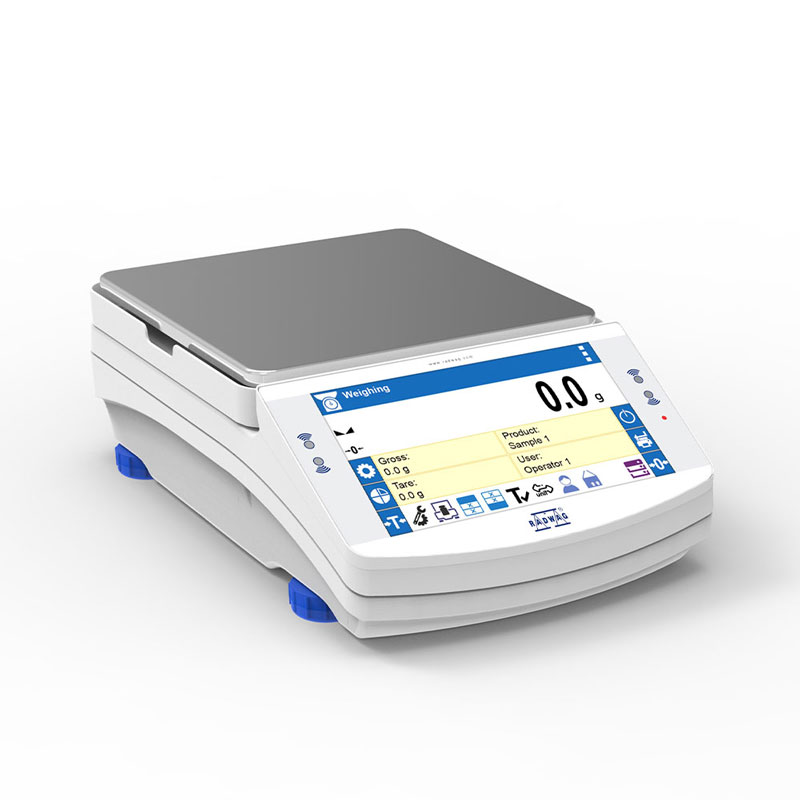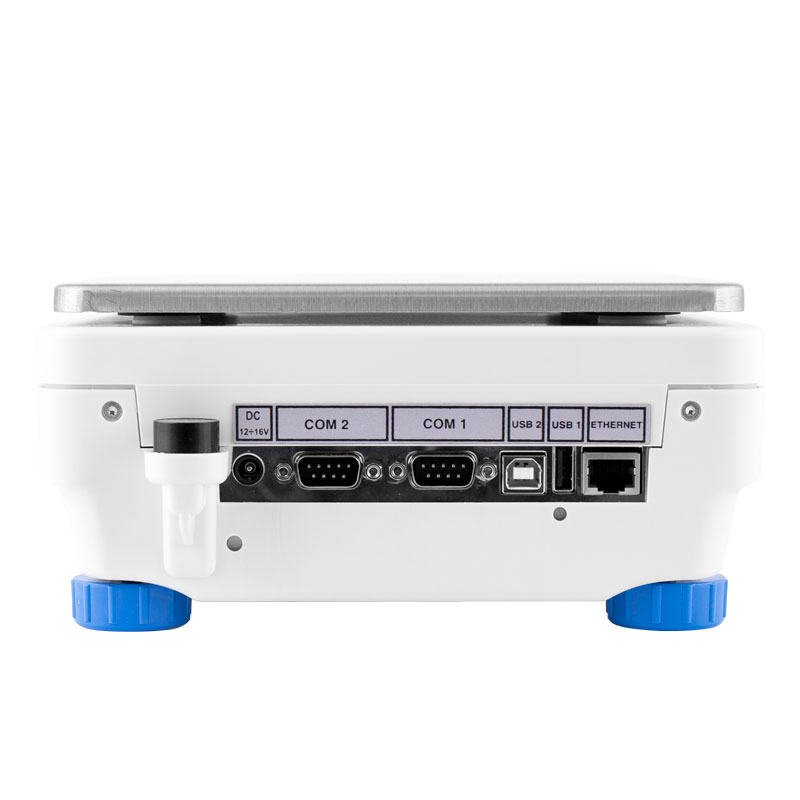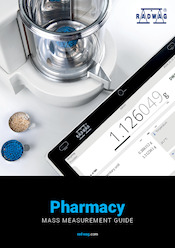Balance de précision WLC 6.X7

De nouvelles fonctionnalités
- écran tactile couleur de 7 pouces
- personnalisation de l’écran via des widgets
- un menu interactif multilingue
- capteurs de fonctionnement sans contact
- conformité aux exigences BPL et BPF
- contrôle dynamique du poids de l’échantillon (bargraph)
- statistiques, recettes, rapports et impressions
- possibilités de communication illimitées
- mémoire ALIBI avec enregistrement des mesures
- bases de données développées
- confort d’utilisation le plus élevé
- ajustage interne/ externe

Personnalisation via des widgets
Les balances de précision WLC X7 sont équipées de plusieurs interfaces de communication : 2 x RS232, USB-A, USB-B, Ethernet et Wi-Fi®.
Le boîtier de ces appareils est en plastique et le plateau de pesée est en acier inoxydable.

Base de donnees
- Produits (5 000 marchandises)
- Utilisateurs (100 utilisateurs)
- Emballage (100 colis)
- Clients (1 000 clients)
- Recettes (100 recettes)
- Rapports de recettes (500 rapports)
- Conditions environnementales (10 000 enregistrements)
- Pesée (50 000 enregistrements)
- Alibi (512 000 pesées).
Gestion de données

Mémoire Alibi
Learn about the use and maintenance of stainless steel products:
Acier inoxydable dans les balances RADWAG
Wi-Fi® est une marque déposée de Wi-Fi Alliance®.



























 Albanian
Albanian Danish
Danish Nederlandse
Nederlandse Estonian
Estonian Finnish
Finnish Hungarian
Hungarian Icelandic
Icelandic Kazakh
Kazakh Latvian
Latvian Lithuanian
Lithuanian Macedonian
Macedonian Norwegian
Norwegian Portuguese
Portuguese Romanian
Romanian Russian
Russian Slovak
Slovak Slovenian
Slovenian Swedish
Swedish Ukrainian
Ukrainian Serbian
Serbian Montenegrin
Montenegrin Português (Brasil)
Português (Brasil) Deutsch
Deutsch English
English Español
Español Italiano
Italiano Japanese (日本語)
Japanese (日本語) Polski
Polski Türkiye
Türkiye Česky
Česky USA
USA 中文
中文




















